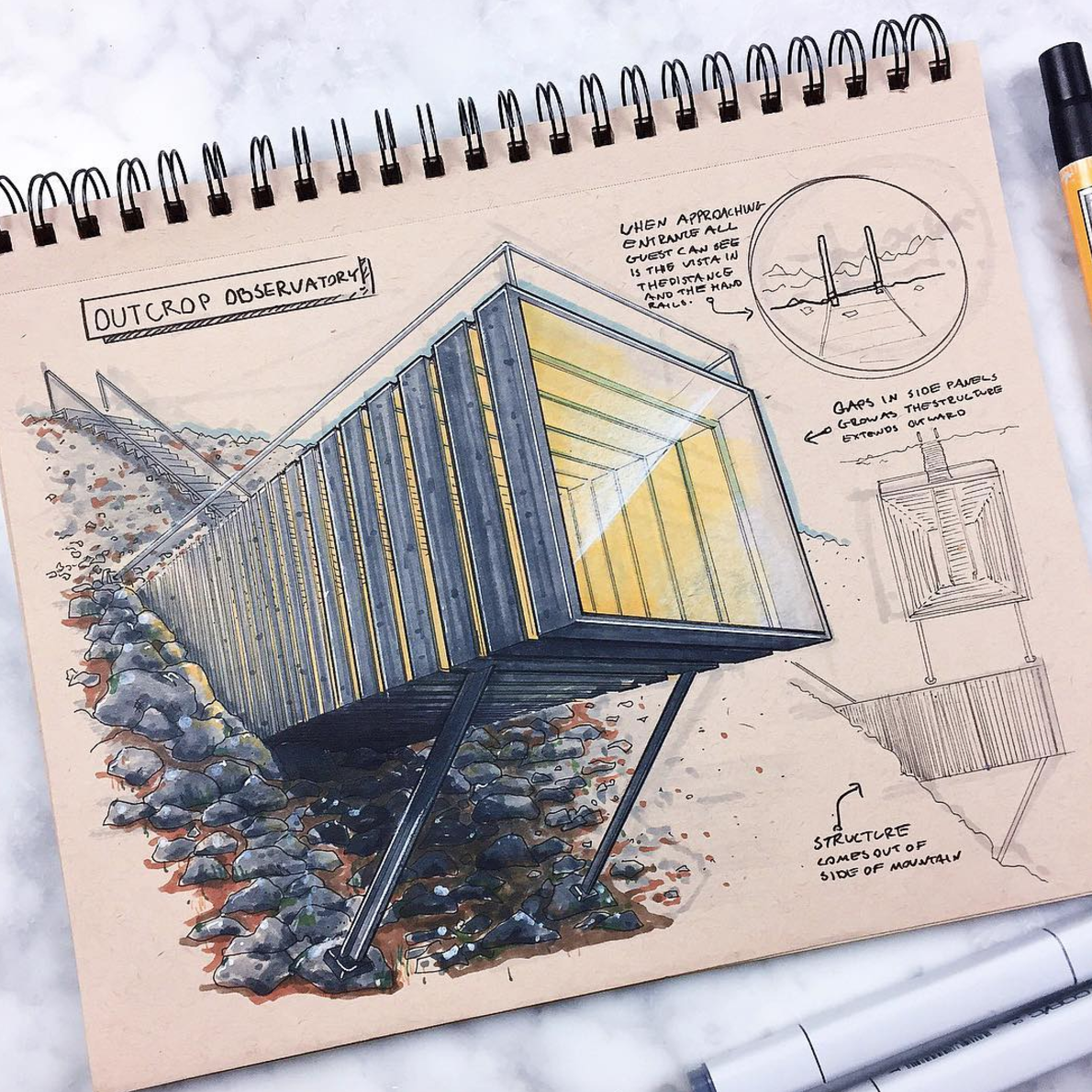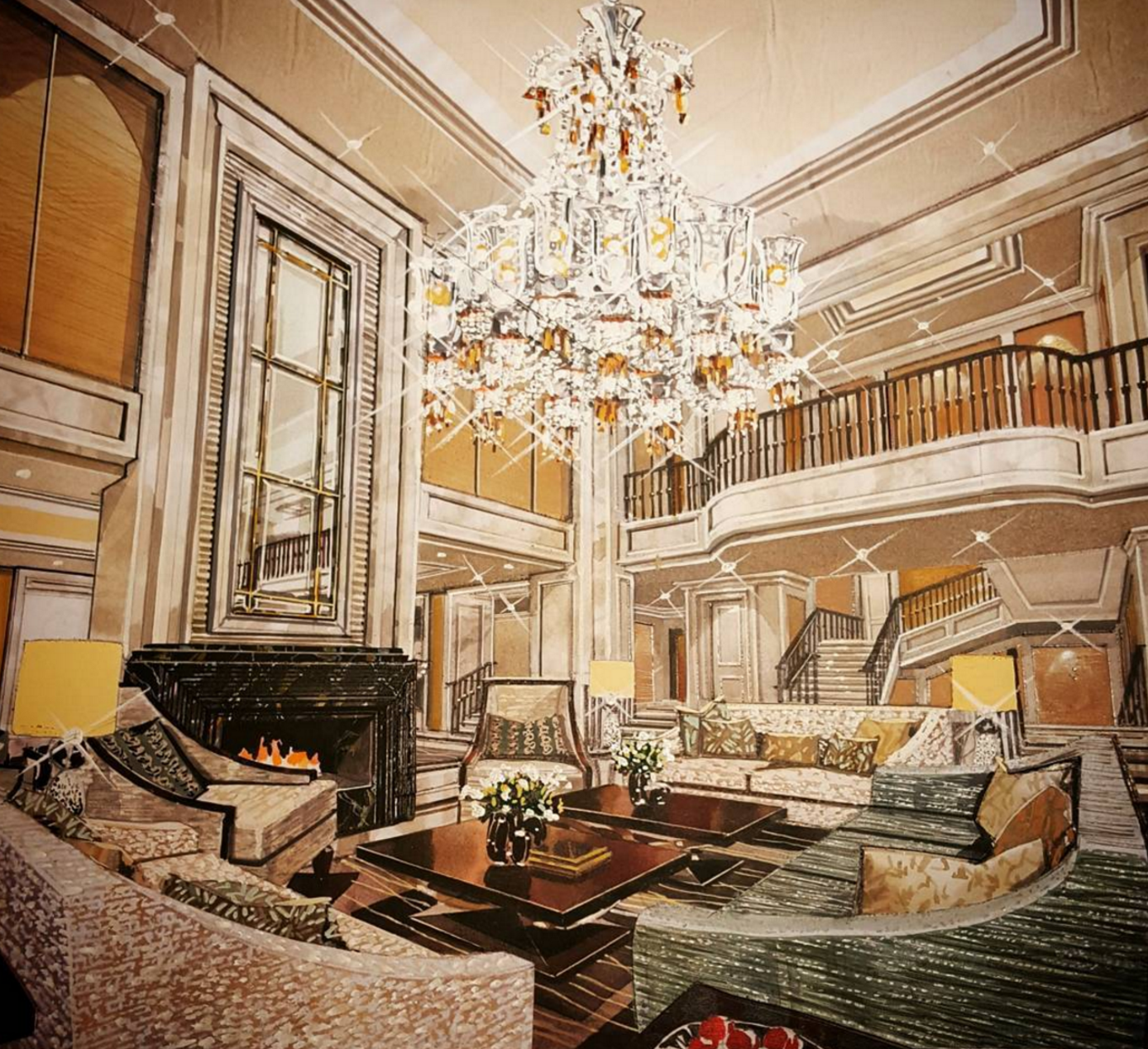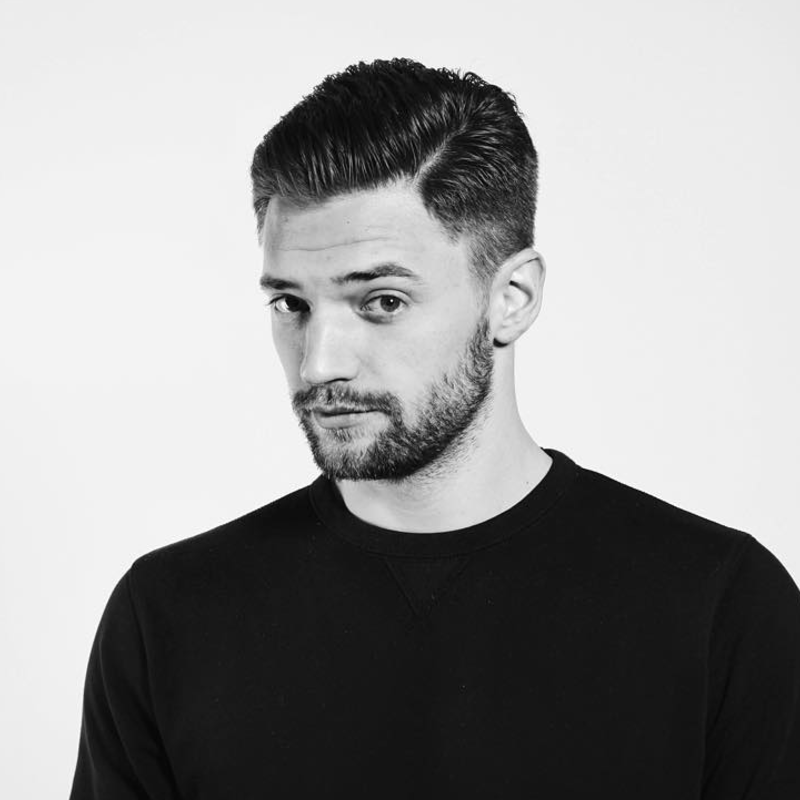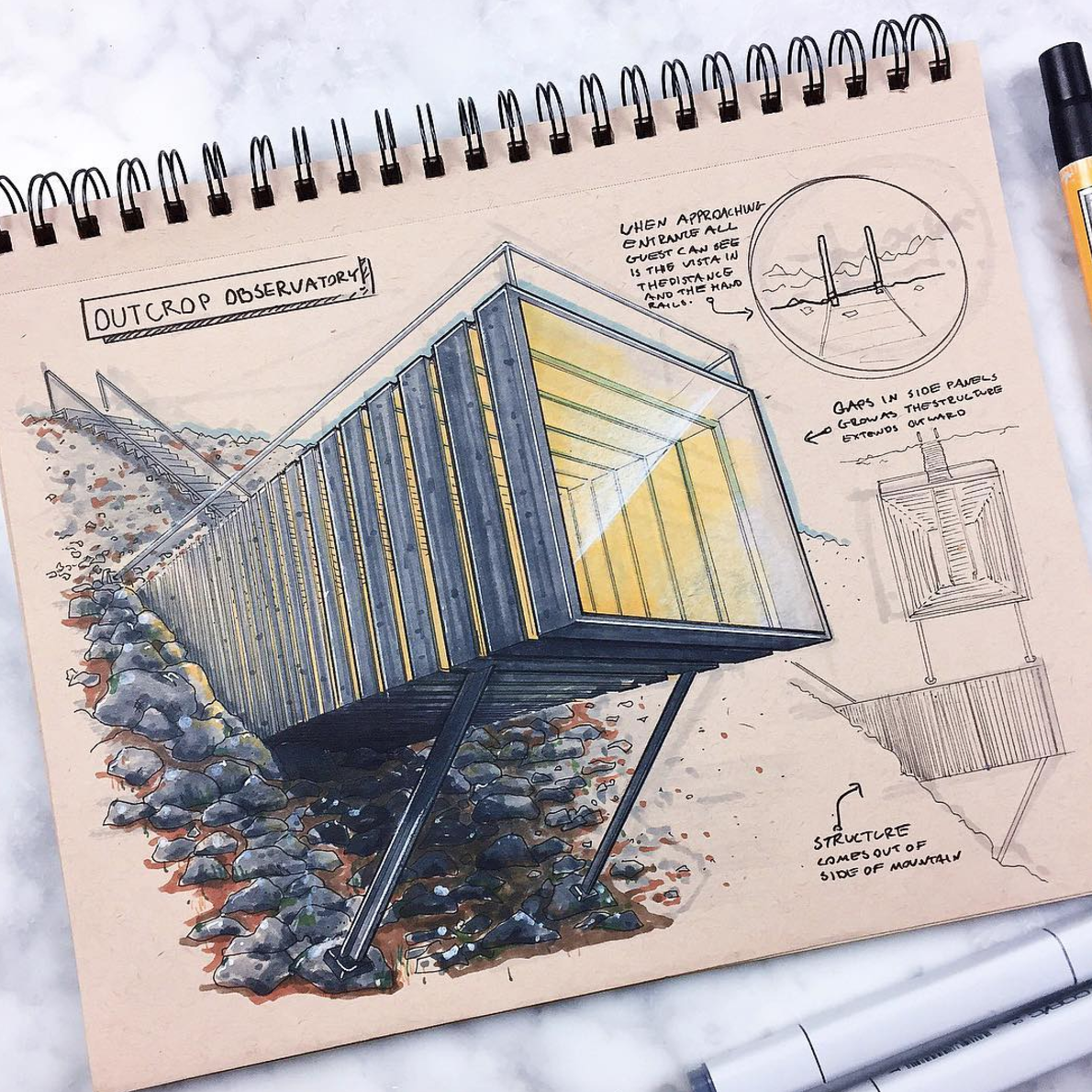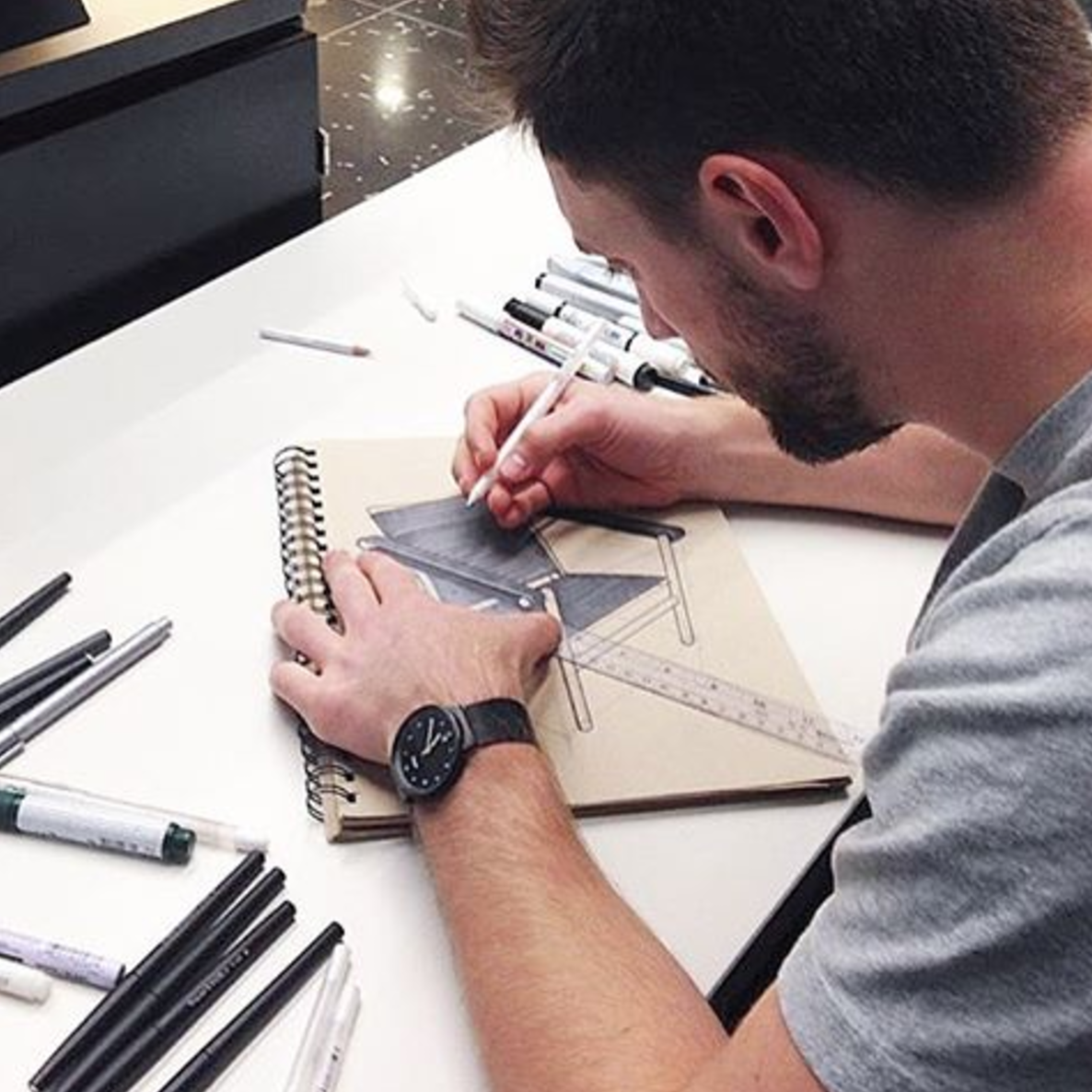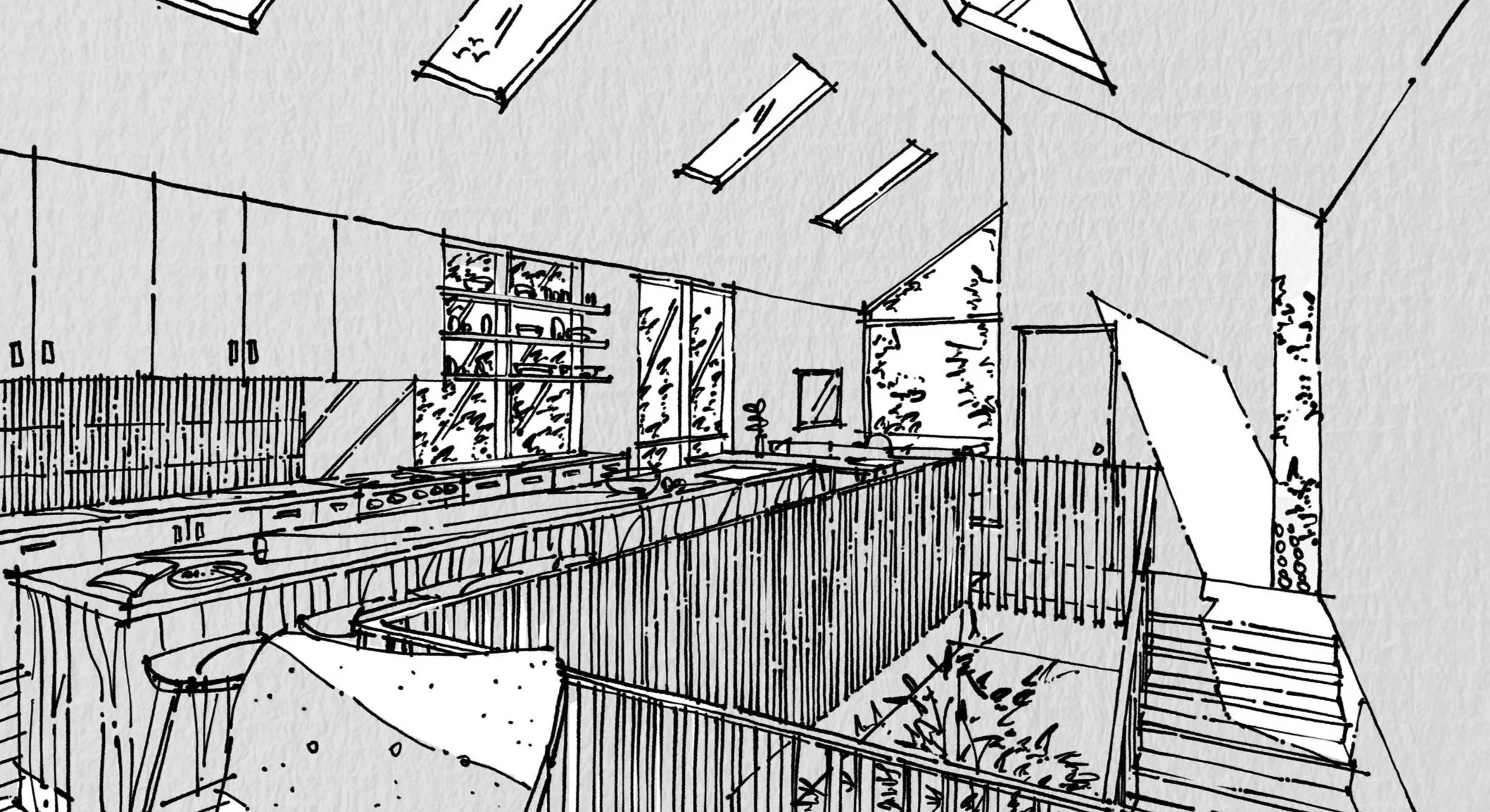MEET REID SCHLEGEL, A NYC BASED INDUSTRIAL DESIGNER AND ARTIST. HE LECTURES AND TEACHES AT UNIVERSITIES GLOBALLY TO SHARE HIS SKILLS AND EXPERIENCES TO HELP YOUNG CREATIVES TRANSITION INTO PROFESSIONAL DESIGN CAREERS.
Photos from Reid's Instagram: reid.schlegel
Reid on Behance: reidschlegel
1. Olga Sorokina (O. S.): Reid, how did you come to industrial design?
Reid Schlegel (R. S.): I have drawn and built things for as long as I can remember. Growing up I spent time in my late grandfather’s art studio and my other grandfather started giving me power tools for my birthday when I was eight years old. Because of this I have always been very comfortable expressing my ideas in two as well as three dimensions. I did not know what industrial design was however until I visited Purdue University for a mechanical engineering tour. The graduate student who gave the tour asked what I liked to do and I said “draw, build and solve problems.” He took me to see the industrial design department and the rest is history.
“Sketches exist to communicate ideas. A designer does not need to be an amazing sketcher to be successful. What is important is that each sketch clearly and concisely articulates the main ideas behind the concept.”
2. O. S.: What was your initial step in hand rendering?
R. S.: Drawing has been a part of my life for so long that I cannot really remember an initial step. Growing up I loved drawing skateboarders, architectural schematics, logos, new inventions, etc. I began taking hand rendering much more seriously when I began my industrial design undergraduate studies at Virginia Tech. My style began to really mature when I was worked at "SMART Design NYC" however. It was here that I began sketching with a Cintiq very frequently and the tightness and control of this medium seeped into my hand rendering style over time.
3. O. S.: Your style is very bold and recognizable: emphasized perspective, focus on textures and I also noticed you like to use tinted paper for your sketches. Could you please tell us about media you use and how it affects your style and approach if it does?
R. S.: Tan paper allows me to work from the middle out. When I render concept sketches I usually have fifty percent of the idea in my head and let the rest evolve as the sketch progresses. When I draw on white paper I have to be very careful where I put marker because once it is down it cannot be undone. This makes it difficult to quickly put an idea down because I have to think two steps ahead and leave the highlight areas blank so the white can emphasize the burn marks. When working with tan paper I treat each sketch as a coloring book and worry about highlights and shadows towards the end. This frees me up to get lost in the concept and not slow myself down with rendering details. Since tan is a mid-tone it is easy to add the highlights and shadows at the end saving time and making the work really pop off the page.
4. O. S.: Could you please describe your process of creating sketches.
R. S.: Sketches exist to communicate ideas. A designer does not need to be an amazing sketcher to be successful. What is important is that each sketch clearly and concisely articulates the main ideas behind the concept. With this in mind I approach every sketch with what I want to communicate. The perspective, layout, markering, line weight, callouts, etc all impact how someone reads the sketch so I think through each carefully before putting pen to paper. Making it beautiful is just a plus.
5. O. S.: How do you structure your workday or your workweek, how do you stay productive?
R. S.: Working at "Frog" keeps me very busy. Productivity is all about wanting something badly enough. All of my work on Behance and Instagram, freelance work, teaching engagements happen in my free time after work and on weekends. I try and dedicate two hours every evening to work on personal work and opportunities that I set up for myself. It is important to give yourself time off to do not design related things however to stay inspired and not burn out.
“Design is an amalgamation of all the eclectic experiences that we each have and I love seeing those random events blend into new products and experiences.”
6. O. S.: I have noticed in your Instagram some photos from your sketching workshops for students, what does it mean to you to share your knowledge?
R. S.: I graduated from undergrad in 2012 so I still understand how hard it can be to land your first full time job. I find it very rewarding sharing my experiences with students to help them transition into professional design positions. Speaking in front of large auditoriums full of people also helps me articulate my point of view on design succinctly and the questions that students ask prepare me to for questions clients will inevitably ask me in the future. It is also refreshing to work with students because they have not been told "no" yet so their ideas are wild and exciting.
7. O. S.: Please tell us about your sources of inspiration. May be it’s calligraphy, nature, your puppy or objects and textures by themselves?
R. S.: Inspiration seems to come from the places that I least expect. My favorite inspiration comes from random memories that I never thought would be useful. Design is an amalgamation of all the eclectic experiences that we each have and I love seeing those random events blend into new products and experiences.
“Design is a competitive field and it always shows when someone has put the time and energy into improving their skills. ”
8. O. S.: How do you see the future of sketching, particularly in industrial design?
R. S.: Sketching will never go away. As my career progresses I see myself jumping into CAD and computer rendering much earlier in my process but there is still no substitute for quick and dirty iteration sketches throughout the process. As a designer we are usually expected to work very quickly. I can generate twenty concept sketches in the same time that I can create a solidworks model. I see sketching as the glue that holds each part of the process together.
9. O. S.: What advises would you give for beginners in industrial sketching?
R. S.: Put a lot of time in early and always be open to new things. Design is a competitive field and it always shows when someone has put the time and energy into improving their skills. Traditional design is also evolving and designers are expected more and more to be fluent in many design languages. Having strong T-level skills will go a long way and make you a much more attractive hire.
Interview with Reid Schlegel by Olga Sorokina.
P. S. Please share this inspiring interview with your friends, they will be glad you did. Thank you!
